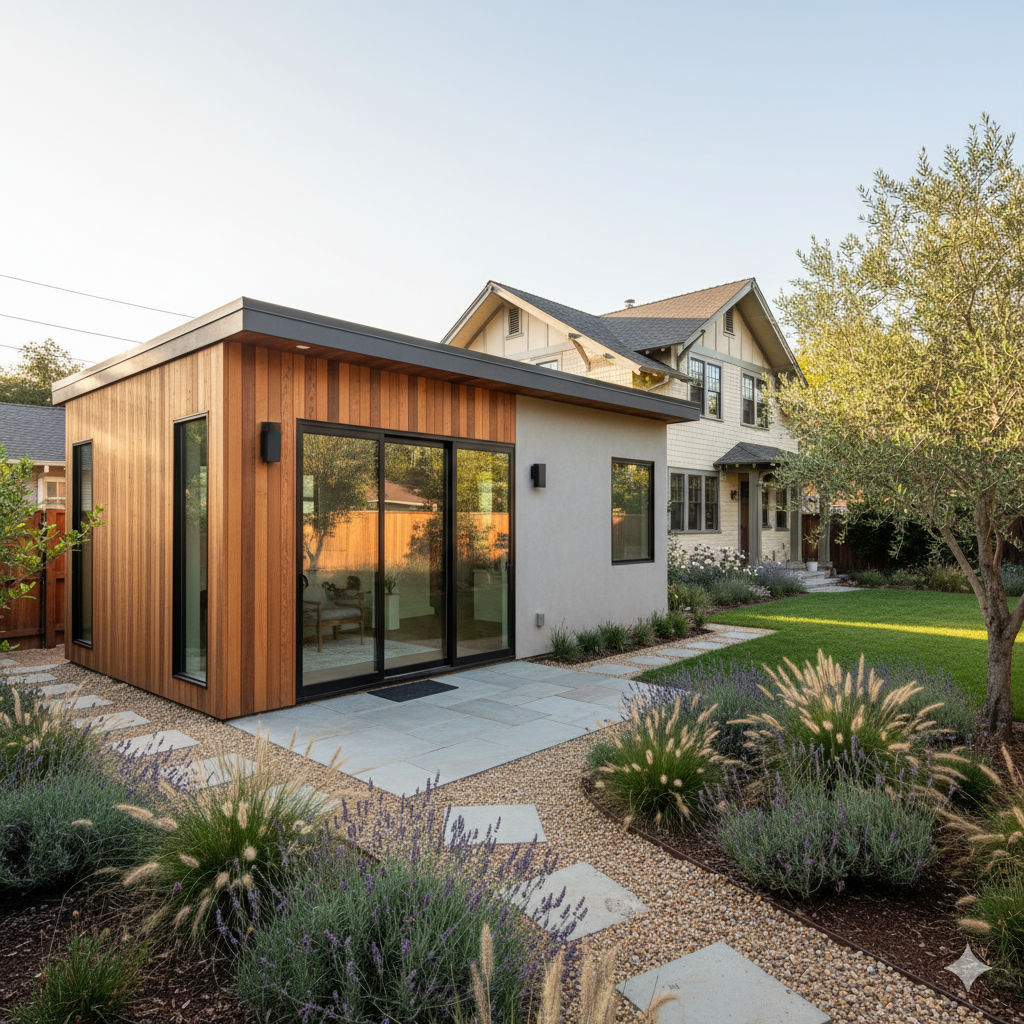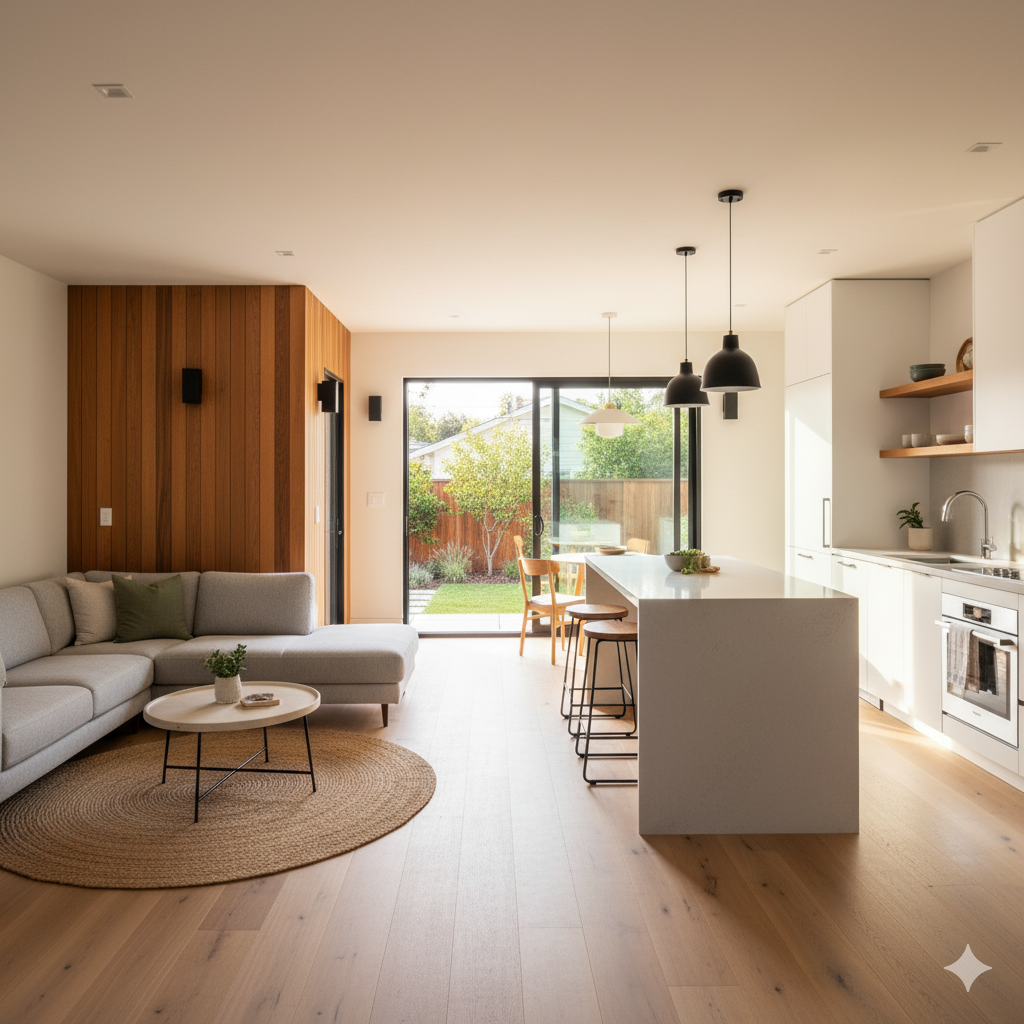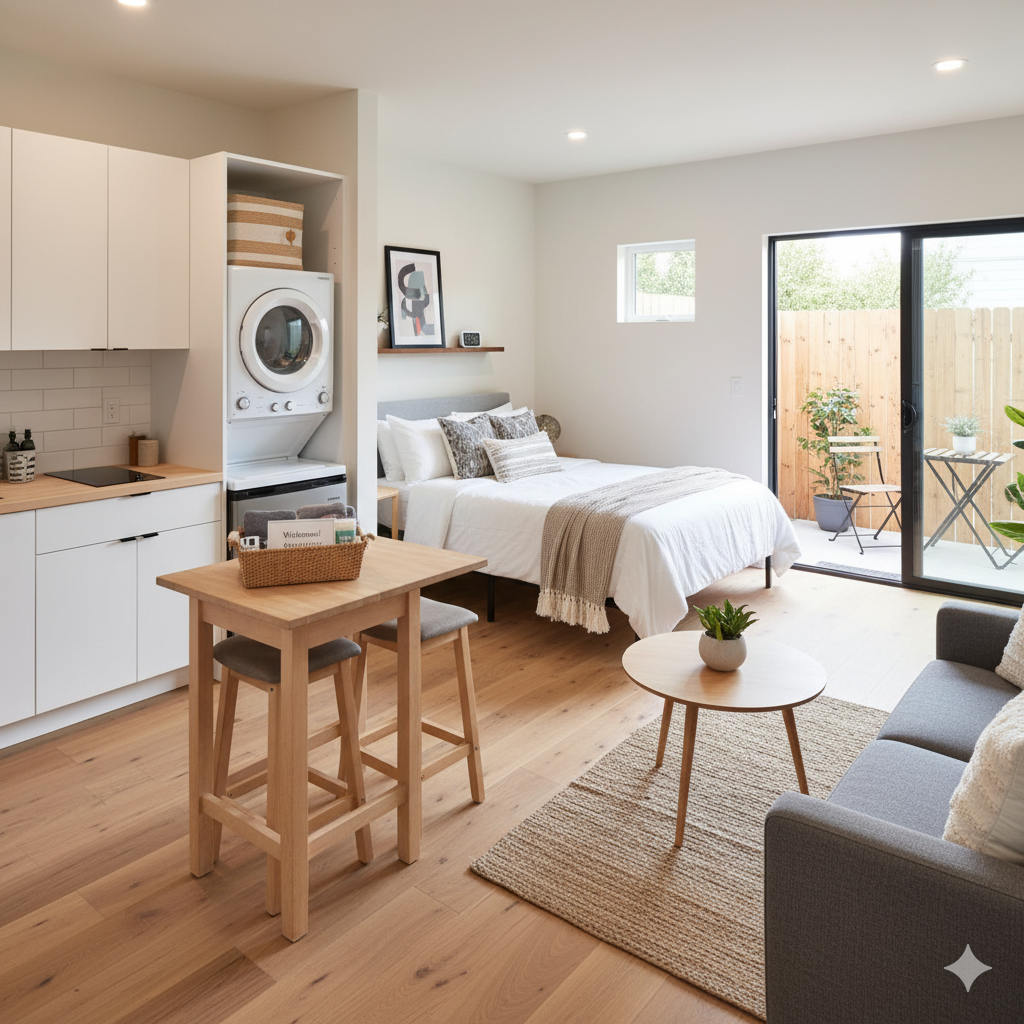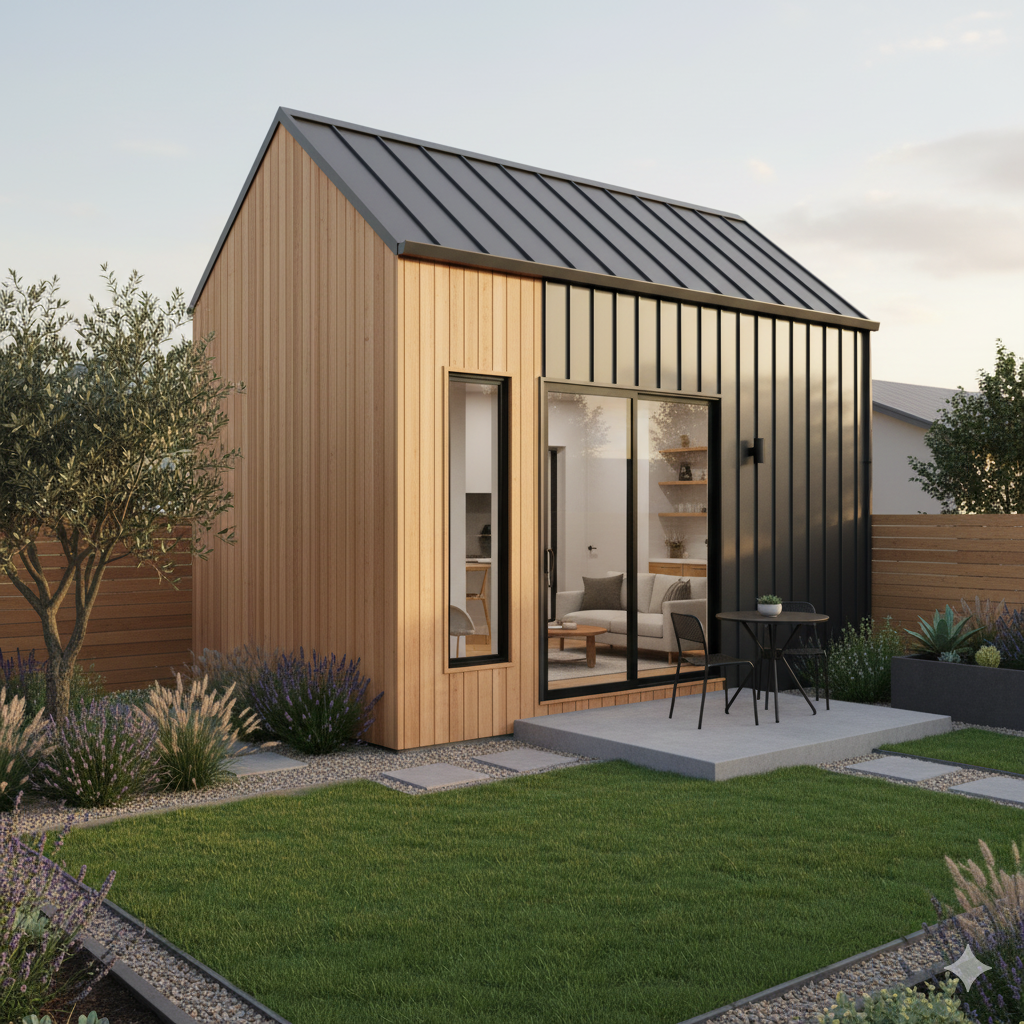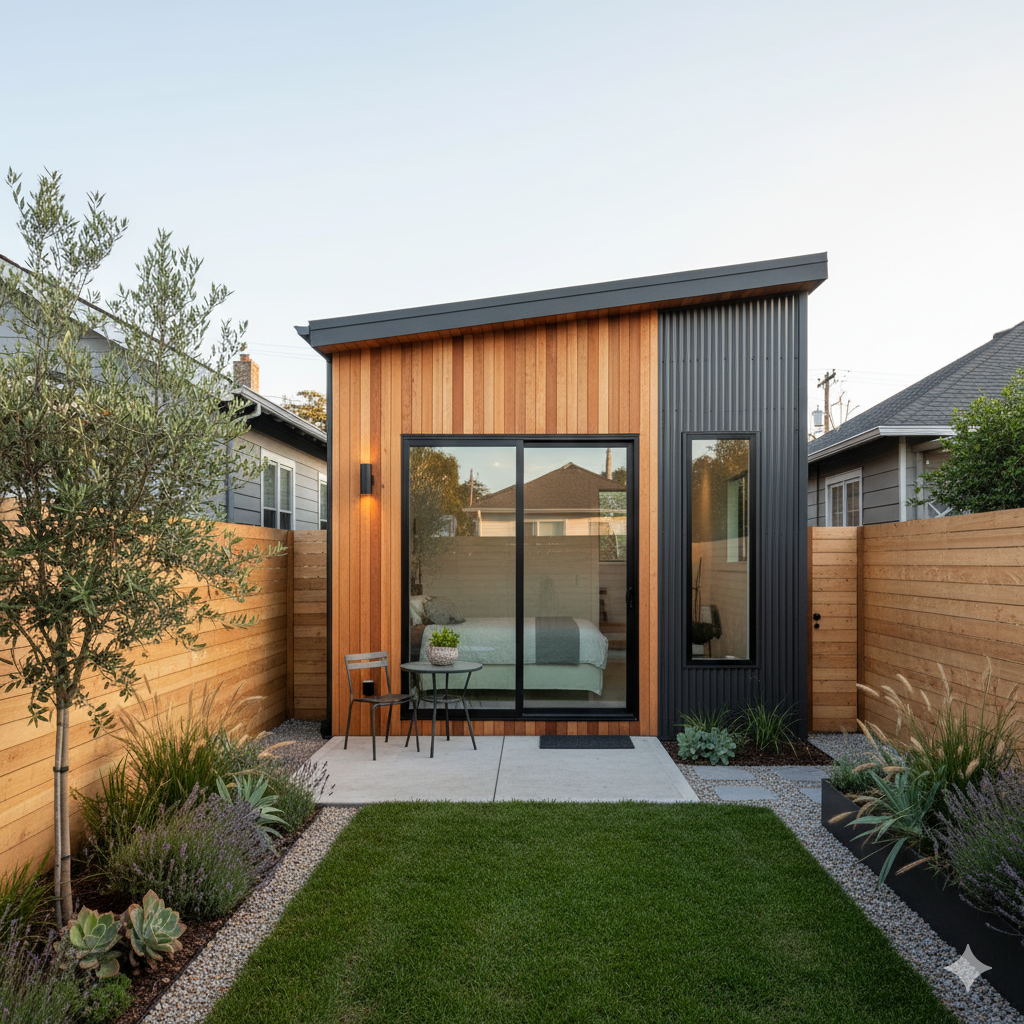What is an ADU? The Complete Guide for California Homeowners
What is an ADU?
An ADU (Accessory Dwelling Unit) is a fully independent living space on the same lot as a single-family home. Also called a granny flat, in-law suite, or backyard cottage, ADUs can be detached, attached, or converted from existing space like a garage. These units are booming in California, especially in Silicon Valley, thanks to their flexibility and value.
Why Build an ADU? The Benefits
● Rental Income: Earn steady ADU rental income by leasing your unit to tenants, traveling professionals, or even family members.
● Family Flexibility: Create a private space for aging parents, adult children, or guests—perfect for multi-generational living.
● Boost Property Value: A well-designed ADU can significantly increase your home’s resale value.
● Home Office or Studio: Use your ADU as a dedicated workspace, creative studio, or wellness retreat.
● Smart Use of Space: ADUs are ideal for small backyards and urban lots, making the most of every square foot.
How Much Does an ADU Cost?
The ADU cost in California varies based on size, design, and finishes. Most homeowners invest between $150,000 and $350,000.
Factors that affect cost include:
● Size and type (detached, attached, garage conversion)
● Site preparation and utilities
● Design complexity and materials
● Permitting and city fees
ADU Rental Income: Is It Worth It?
One of the most exciting ADU benefits is the potential for ADU rental income. In high-demand areas like Silicon Valley, a
well-located ADU can generate $2,000–$3,500 per month, helping offset your mortgage or provide steady cash flow. Check local
rules for rental requirements and restrictions.
ADU Floor Plans for Small Backyards
Worried about space? Modern ADU floor plans for small backyards are designed for efficiency and comfort. Look for open layouts, large windows, built-in storage, and private patios. Even a compact ADU can feel spacious with smart design.
Steps to Permit an ADU in California
1. Research Local Zoning: Review your city’s ADU regulations for lot size, setbacks, and parking.
2. Choose Your Design: Collaborate with a designer or builder to create plans that fit your needs and property.
3. Submit Plans for Approval: File your plans with the city and address any feedback.
4. Obtain Permits: Secure all necessary building and utility permits before construction begins.
5. Build Your ADU: Hire an experienced contractor to bring your vision to life, from foundation to final inspection.
Ready to Explore Your ADU Options?
Whether you want extra income, space for family, or a smart investment, an ADU can transform your property and your lifestyle. Start by exploring your options, talking to local ADU builders, and planning a design that fits your goals.
Have questions or ready to get started? Contact EDR Design Build at (650) 888-2107 or [email protected] for a complimentary ADU consultation in Silicon Valley.

